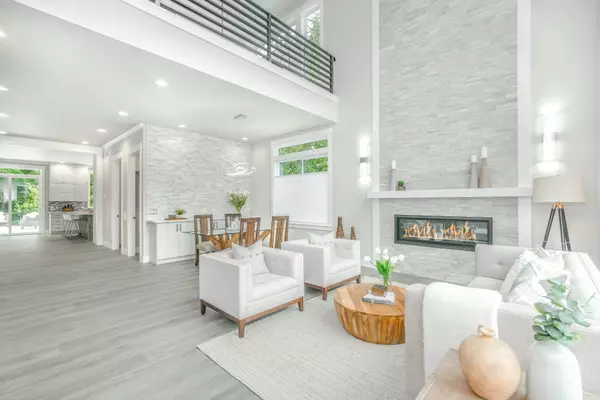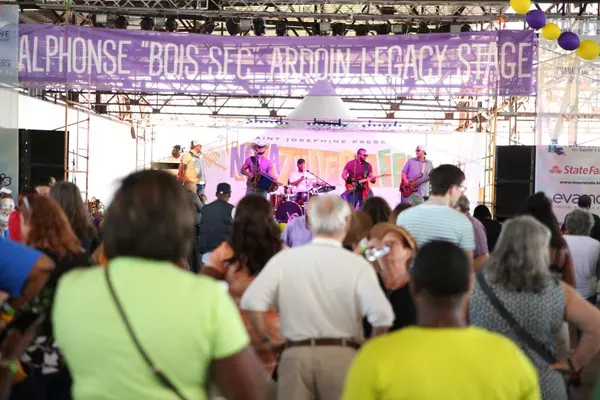Don’t Do These 7 Things to Your NOLA Home (According to Experts)

Is there anything more exciting than moving into a new house? Of course, you'll want to put personal touches on your dwelling as soon as you settle in. Homeownership in New Orleans presents a few challenges, though. From working through unruly weather to navigating renovations on a historic structure, making upgrades requires much consideration.
Fortunately, it's nothing research, careful planning and expert advice can't help you with. Whether you're a long-time resident or new to town, here are seven things you should avoid when updating a New Orleans home.
New Orleans boasts 26 historic districts, covering 40% of the city. It also has 111 historic properties, which give it its beloved and most recognized charm. Ultimately, this may not be the right place for you if you're after ultra-modern decor.
Homeowners should avoid significant contemporary renovations, which may clash with the home or neighborhood's historic architecture. Instead, they should look for ways to complement the city's heritage in their upgrades.
For example, leave the intricate crown moldings and ironwork. Also, consider seamlessly meshing old and new materials so they don't look out of place. Just be sure to check with the city's Division of Historic Preservation to ensure your renovations align with its standards.
Giving a brick home a fresh coat of paint can hide many imperfections and help it stand out on the block. However, brick's porousness and NOLA's humid climate could spell disaster if you don't prepare it properly.
Moisture could cause the paint to bubble, crack and eventually peel. If the brick is dirty or unsealed, you may also have difficulty applying the paint evenly. Although it's an extra step, preparing the brick ensures a long-lasting finish you only have to worry about doing once.

Many NOLA homes — especially historic ones — have wrought iron features you'll want to highlight. However, when left unmaintained in the heat, humidity and precipitation, these elements can rust and become a safety hazard. You don't want to scrape yourself on corroded surfaces.
It's essential to clean the wrought iron regularly with a soft brush and dry it thoroughly with a towel. Low-grit sandpaper can help address rusty spots on fences, balconies and even door hinges.
If a corroded hinge pin has caused an old door to become stuck, a 15-minute application of penetrating oil can disintegrate the decay. Occasionally, apply a lubricant to prevent future rusting or a rust-resistant coating to protect outdoor ironworks.
The temperature is rising in New Orleans. By mid-June 2024, the city had surpassed record-high temperatures four times, with one day even reaching 97˚ Fahrenheit. This is in addition to seven heat-related deaths from April to June in 2024.
You may need to invest in adequate ventilation if you've moved into an old NOLA house. Otherwise, you could experience HVAC problems and mold and mildew growth, posing significant respiratory health problems for household members.
New Orleans has strict ordinances regarding tree-cutting on private property. For instance, live oaks are a protected species throughout the city. Unless it's within 15 feet of a home, residents of Jefferson Parish cannot remove mature trees, including magnolias and sycamores.
If you do remove trees from your property without a permit, you could face hefty fines and need to replant one of the same size in your yard. These rules are in place to preserve and rebuild NOLA's tree canopy.

It's hard to imagine a city as beautiful as New Orleans in the line of hurricanes. Sadly, major weather events have intensified in recent years in the Gulf Coast.
Installing hurricane shutters can protect your windows and belongings from damaging wind and downpours during the rainy season. On average, homeowners spend $3,675 on shutters, but the cost might range from $1,505 to $5,893. Ultimately, it depends on how many windows you have, the type you purchase — accordion, Bahama, colonial or motorized, among others — and labor fees.
Homeowners should exercise caution when sprucing up their property's landscaping. Adding trees and shrubbery too close to the house's foundation could cause moisture buildup and structural damage.
The excess dampness can attract pests and termites, which happily feed on rotting wood. It might also pose a fire hazard — drought or a lightning strike could ignite the plants, causing a severe house fire.
Select plants carefully and avoid overdoing the garden beds with greenery. You might choose to hardscape some of the yard or include native plants already adapted to the climate.

Make Wise Upgrades to Your NOLA Home
Living in New Orleans is many people's dream, and you'll enjoy everything the city offers. While upgrading a house requires a different approach than residing elsewhere, the result is a safe, sturdy and comfortable home you'll love for years.
*Written by Rose Morrison of renovated.com
Categories
Recent Posts










